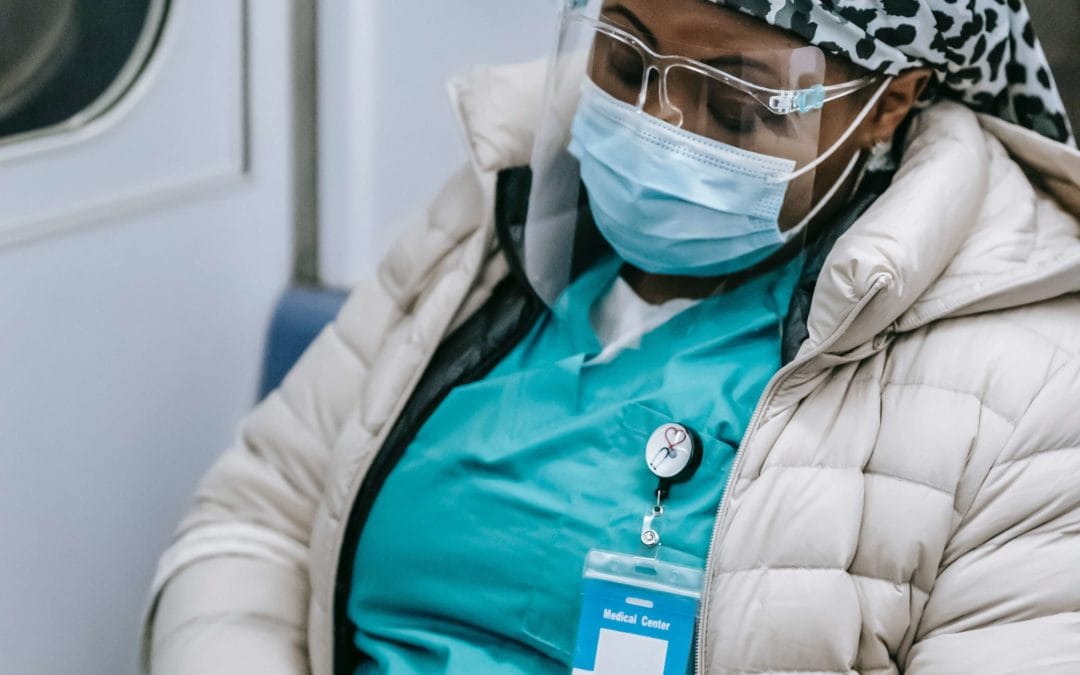Have you ever found yourself falling asleep during the day when you should be awake and alert? Not the random, you stayed up too late, and now you’re having a hard time keeping your eyes open. We’re talking about excessive sleepiness characterized by an overwhelming urge to sleep during the day.
If this is an ongoing problem for you, your doctor may recommend that you undergo a Multiple Sleep Latency Test (MSLT) which measures daytime sleepiness. We’re going to explain MSLT as well as what you can expect during the test and what the results mean.
What is a Multiple Sleep Latency Test?
The MSLT is used to evaluate daytime sleepiness when it becomes excessive. It measures how long it takes you to fall asleep and the sleep stages your experience during daytime naps. You will take part in the test during the day, and it will likely be the day after polysomnography, which is performed overnight.
Why Is It Done?
If you feel sleepy during the day for no apparent reason, or if you get tired in out-of-the-ordinary situations, such as working or driving, your doctor may recommend an MSLT. The results will help your doctor determine if you have a sleep disorder such as narcolepsy and idiopathic hypersomnia.
Prior to ordering an MSLT, your doctor may utilize the Epworth Sleepiness Scale (ESS) to estimate how severe your sleepiness is. The ESS will ask you to rate how likely you are to fall asleep in different situations. Your score will help your doctor determine if an MSLT is appropriate for you.
How to Prepare
Your everyday life in the weeks leading to your MSLT can affect your results. Things such as how much sleep you get each night, medications or other drugs, and how active you are can impact how fast you fall asleep during an MSLT. Because of this, you will need to maintain a steady sleep schedule leading up to your test. Follow the instructions carefully and inform the doctor about any changes to your routine.
In the weeks leading up to the MSLT, you may be asked to keep a sleep diary or wear an actigraph (a device that monitors your sleep-wake activity). Your doctor may also recommend temporarily stopping certain medications or supplements.
What You Can Expect
An MSLT will usually occur the day after polysomnography (a sleep study). Your sleep study can identify any potential cause of excessive sleepiness and also may provide context for the results of your MSLT.
The MSLT will begin approximately two hours after your sleep study ends. You may need to submit a urine drug test and answer questions about how you slept during polysomnography.
You will take multiple naps and breaks during your MSLT. Typically people can take four or five naps broken up by two-hour breaks. During your breaks, you may be allowed to leave the sleep lab to get snacks, but you will be required to avoid caffeine. You should also avoid smoking and vigorous exercise before your naps.
You will be lying in bed in a quiet, dark room similar to your sleep study during your nap periods. Sensors will monitor your brain activity and eye movements. A technician will ensure the sensors are working, then turn off the light and ask you to try to go to sleep.
As with your sleep study, although you will be alone in the room, the technicians will be able to hear you and respond to you should any needs or concerns arise.
MSLT Results
Data received during the MSLT gives the doctor information on sleep latency, which is the time it took you to fall asleep after the technician turned the lights off. Technicians can also use the information about your brain waves and eye movements to decipher the sleep stages you experienced during your naps.
If you fall asleep, you will be permitted to sleep for fifteen minutes to see if you enter REM (rapid eye movement) sleep. After twenty minutes, if you are still awake, the nap will stop, and the technician will record 20 minutes as to how long it took you to fall asleep.
Let DreamZz Sleep Center Help You Take Back Control of Your Sleep
There can be negative consequences if you fall asleep when you shouldn’t, like while working or driving. If you are sleepy when you should be alert and awake, contact your doctor. If they feel it’s necessary, they will refer you to a sleep specialist to find out the cause of your excessive sleepiness.
The Dream Team at DreamZz Sleep Center can help you find relief from your sleep problems. When you trust us with your care, you can expect detailed information about your symptoms and recommended treatment options from a fellowship-trained, Sleep Medicine board-certified physician.
Skip the month-long waiting periods at some major sleep facilities and get in for your consultation and testing within one to two weeks from your initial call! So get in touch with us today and take back control of your sleep!


Recent Comments